Liposuction
Liposuction, sometimes referred to as “lipo” by patients, slims and reshapes specific areas of the body by removing excess fat deposits and improving your body contours and proportion
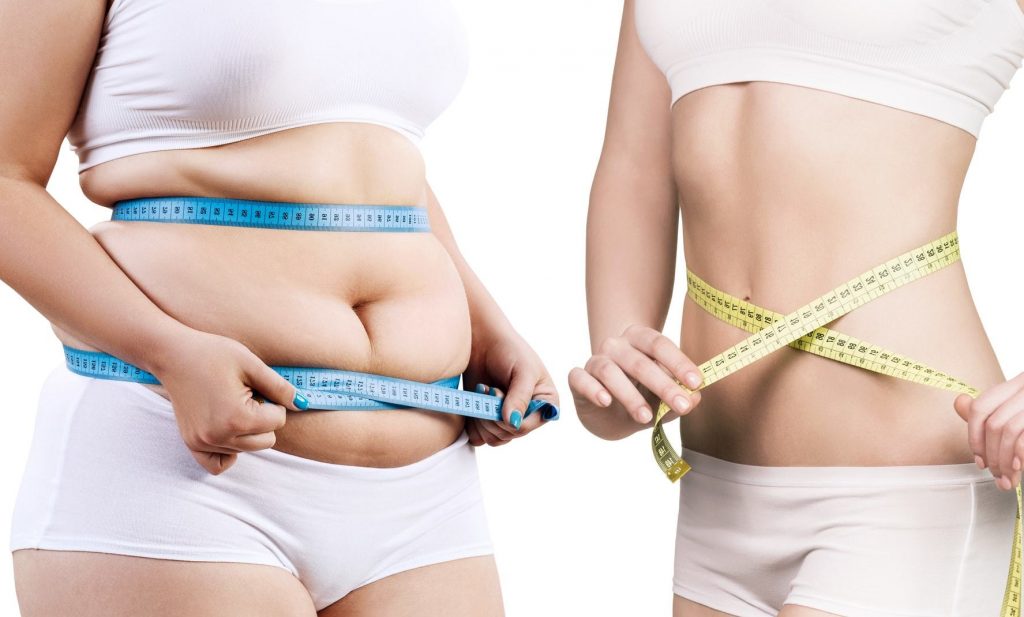
Frequently Asked Questions
Before Lipo
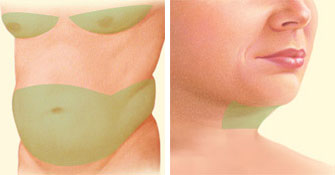
After Lipo

Before Lipo
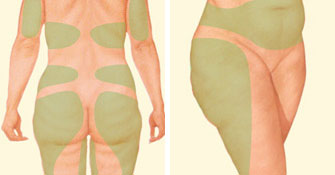
After Lipo
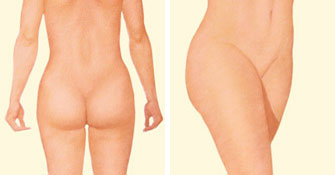
What can be treated by Lipo ?
Liposculpturing can safely and permanently address those hard-to-lose fatty deposits that simply don’t respond to diet and exercise. It is appropriate for large, disproportionate hips, buttocks, thighs, the abdomen and “love handles”, as well as fat deposits on arms, back, knees, sides, and under the chin
What liposuction can't do?
Liposuction is not a treatment for obesity or a substitute for proper diet and exercise and ideally indicated for patients in the overweight category (BMI less than 30)
If your BMI is 30 to 35, you may still be a candidate for lipo-reduction where larger volumes of fat can be removed from specific areas, within safety limits after thorough assessment and discussion by Plastic Surgeon. Further reduction can only be done (IF necessary and desirable) after a minimum of 3 months and after regular exercise and dieting.
If your BMI is > 35 then you are a better candidate for bariatric or metabolic surgery.
It is also not an effective treatment for cellulite—the dimpled skin that typically appears on the thighs, hips and buttocks—or loose saggy skin.
Can I Undergo Lipo?
Liposuction is a highly individualized procedure. You should do it for yourself, not to fulfill someone else’s desires or to try to fit any sort of ideal image.
Good candidates for a liposuction include:
- Adults within 30% of their ideal weight who have firm, elastic skin and good muscle tone
- Healthy individuals who do not have a life-threatening illness or medical conditions that can impair healing
- Nonsmokers
- Individuals with a positive outlook and specific goals in mind for body contouring
What do I need to know about Lipo ?
This is a surgical procedure like any other surgery either as Day care or one day stay in hospital. The anaesthesia chosen can be General/ Regional or local anaesthesia with sedation depending on the site and patient characteristics.
How is Lipo done ?
Surgery begins with a tiny incision inconspicuously located in a natural skin fold or crease in an area to be treated. Next, a salt water/anaesthetic solution is injected through a micro cannula. The Surgeon moves the micro cannula back and forth under the skin. With the help of a high pressure suction machine, the unwanted fatty deposits are removed permanently and the desired shape is created.
What is the normal postoperative course expected ?
Some amount of pain and oozing out of fluid may be present during the first few days which is usually tolerable and manageable
Plenty of oral fluid intake is recommended along with a healthy, nutritious, high protein diet to facilitate healing.
Normal activities and work with the garment in place can be resumed in 3-5 days depending upon the comfort level. Exercise can be resumed as per surgeon’s advice.
Some swelling and bruising in the operated areas is common which usually resolves within 10-14 days.
What is the care After surgery?
A tight-fitting garment must be worn over the area. This will help your skin shrink and conform smoothly to the new shape of your underlying tissue.You will be up and around in a day or two after surgery but strenuous activities should be restricted the first week or two.
What results are expected?, Will the results be permanent ?
The final contour take about few months to manifest ,as swelling reduces and the skin redrapes well. Exercises help to get better and faster results.
Results are highly individualized.A poorly elastic skin may remain slightly loose.
If you had skin dimpling (cellulite) before surgery, you will still have it afterward, but it may be somewhat improved.
Sometimes minor surface irregularities may need secondary correction.The results of liposuction will be long lasting, provided you maintain a stable weight and general fitness
What are the Liposuction risks?
Liposuction is a safe procedure when done by a qualified trained Plastic Surgeon within safe limits.
Common postop problems include bruising and swelling, sometimes burning sensation. These are usually self limiting.uncommonly there may be accumulation of fluid(seroma) or blood (haematoma)
somtimes the operated site might become firm or hard which will require massage for lymphatic drainage or ultrasound therapy.
Rarely, skin may die and separate or infection might occur which will require surgery.
Scar hypertrophy and keloid can occur in some individuals.
apart from the Anesthesia risks that are incidental for any surgery,, Very Very rarely, Deep vein thrombosis, cardiac and pulmonary complications and damage to deeper structures such as nerves, blood vessels, muscles, lungs and abdominal organs may happen.
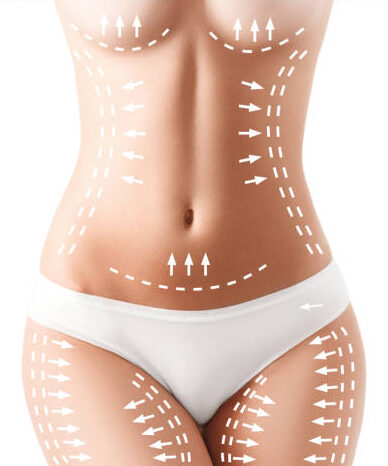
Body Contouring
Body contouring is any procedure that alters the shape of different areas of the body. It refers to a series of procedures that eliminate and/or reduce excess skin and fat. This is especially indicated following Massive weight loss (MWL)in the previously morbidly obese patients,as the skin often fails to shrink completely after loss of fat envelope and that can cause loose residual overhanging skin especially around Arms, abdomen, Breasts,Thighs, Buttocks and face which can cause personal hygiene issues, and be a source of physical and psychological discomfort and be a emotional stigma.
1. When is the right time following Massive weight loss to undergo contouring ?
It usually takes about a year for the nutritional issues to settle down following Bariatric Surgery.Body contouring surgery is therefore usually suggested only after this,when weight loss is stable for 3-6 preceding months.
2. What all constitute body contouring?
- Arm lift or brachioplasty. The extra flesh on the arms virtually always appears on the underside of the upper arm and is sometimes referred to as “bat wings”. Surgeons make incisions made from the armpit to the elbow to remove the skin and create a more pleasing contour
- Breast lift or mastopexy. By trimming excess tissue from the upper breast, the surgeon can move breasts that are drooped down to a more upright and full position.
- Tummy tuck or abdominoplasty. Excess skin hanging down over the pubic region is often the distorting feature that most concerns and bothers patients.To provide improved contours on the waist, back and flanks, surgeons sometimes perform a belt lipectomy, (also known as a torsoplasty or a circumferential lipectomy). The incision goes all the way around the patient’s midsection at the level of the lower waist. The abdominoplasty and belt lipectomy incisions are placed so that the resulting scar is hidden within most underwear and swimsuits.
- Lower body lift trims excess skin on the buttocks and thighs. For an inner thigh lift, the surgeon makes an incision high on the inner leg, starting near the groin and continuing down to the knee. The outer thigh and buttock can be lifted through a hip-to-hip incision across the back, above the buttocks.
- Face and Neck: Face lift and neck lift procedure involves removing excess skin around the face or neck.The scar is placed in front of the ear and curves around the ear and into the hairline.
3. What is a mommy makeover?
The goal of a mommy makeover is to restore the shape and appearance of a woman’s body after childbearing.
What are the Possible procedures in a mommy makeover?
- Breast augmentation
- Breast lift
- Buttock augmentation
- Liposuction
- Tummy tuck
- Vaginal rejuvenation
